From Garden to Table: How to Grow Spinach and Use It
One of my favorite spring vegetables to grow from seed is spinach. This is a staple green that I use year-round in the kitchen is smoothies, stir fries, salads and many other dishes. When I have the option to walk outside and harvest some fresh spinach right from my own garden- well, nothing beats it! With how easy it is to grow spinach in the spring and fall, and how costly it is per ounce in the store (not to mention the all too familiar recalls on store bought greens), growing your own is a no brainer. Today we’ll go over why spinach is a great addition to your meals, some basic tips on how to grow spinach, and some of my favorite ways to use it in the kitchen.
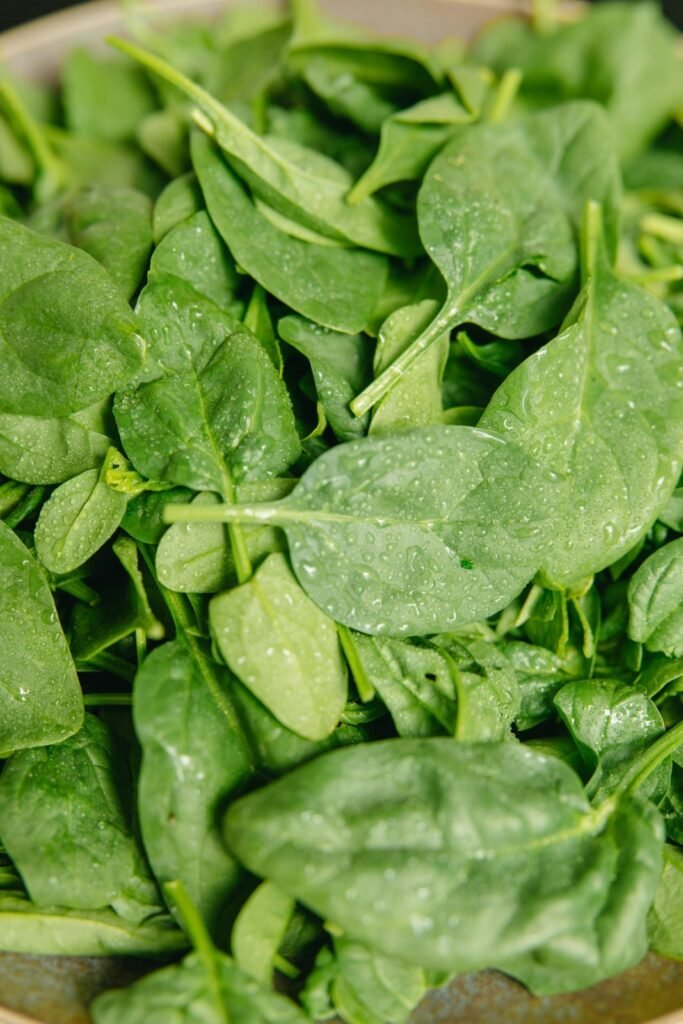
Why You Should Grow Spinach
Hearing the mention of this leafy green may bring back memories of the old Popeye cartoon where he regularly downs some of this miracle vegetable to boost his strength. Or perhaps you think of the gloppy mess that is canned spinach (I have yet to buy or eat this canned food). But fresh spinach- well that’s a different story. While the canned varieties still pack valuable nutrients, there is no question on the superior flavor, texture and greater number of uses of fresh spinach. It’s also loaded with vitamins A, C, K1, Folic Acid, Iron, and Calcium and acts as a good source of fiber and antioxidants. For a little over a dollar, you can have multiple harvests of the spinach right in your own yard verses the $3-6 it costs for one package at the grocery store.
How to Grow Spinach
Choosing the Right Variety
While there are many different varieties of spinach available, there are three main types that are typically available.
- Savoy spinach, also known as curly-leaf spinach, has thick, ruffled leaves and an earthy flavor. The sturdy leaves are best used in cooked dishes.
- Flat-leaf spinach, one of the most common types, has thin, tender leaves and is often used fresh in salads and smoothies.
- Semi-savoy spinach is less ruffled than regular Savoy which makes it easier to clean. It has a crisp texture and can be used raw or in cooked dishes.
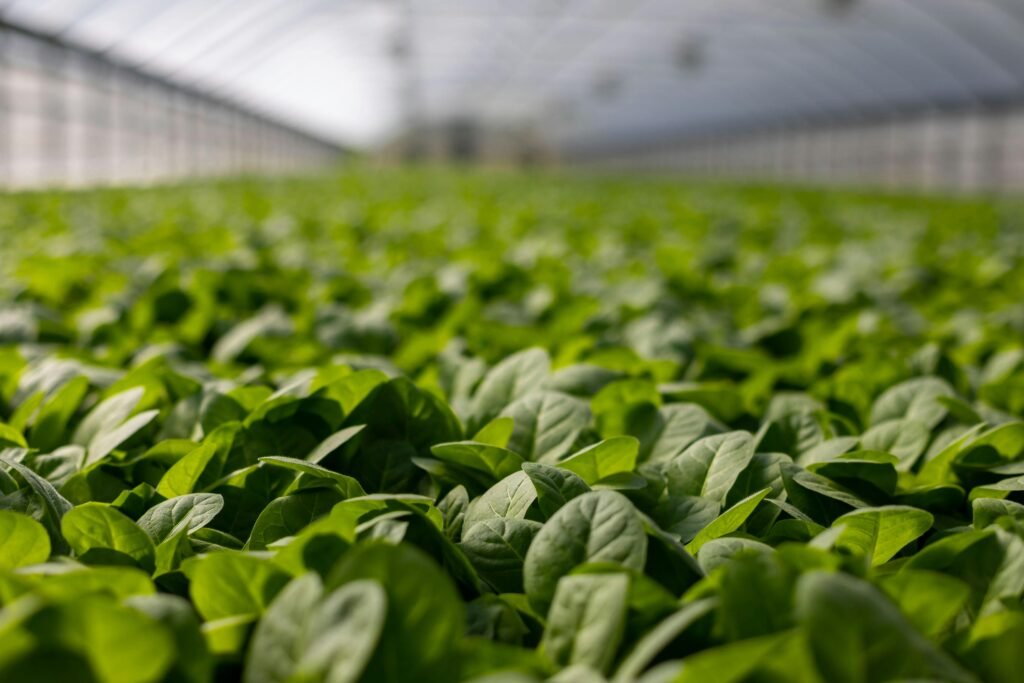
Preparing the Soil
Spinach isn’t overly picky with its soil so long as there’s good organic matter, which provides the vitamins and minerals that growing plants need. If you’ve not added a thick layer of compost to your soil lately that would be a good move at this point. Good drainage is also key to ensure that your spinach doesn’t stay overly wet and rot.
Planting Methods and Growing Conditions to Grow Spinach
Spinach likes cooler temperatures so it’s best to plant it in the early spring or late summer. You can direct sow seeds in the soil; no need to buy starter plants. It can easily be grown in containers and window boxes. Spinach grows well with other spring crops and particularly spring root vegetables such as carrots and radishes. Keep the soil moist, especially with newly seeded areas, and protect it from hot afternoon sun. It does best in morning sun or areas with part sun.
Harvesting Spinach
With harvesting spinach, you’ve got a few options. You can harvest young, tender leaves for baby spinach. This is a good option for using leaves fresh in salads and smoothies. The leaves can also be left to grow longer and you can harvest them when they’re bigger. This is best for cooked dishes such as stir fries and even creamed spinach. The larger leaves will hold up to the heat of cooking better than the tender baby leaves. If you’re looking for a continual harvest, consider the cut-and-come-again method. With this approach, you cut the largest leaves to harvest while leaving the youngest leaves. Typically, you’ll carefully cut just above the smallest set of leaves. Then those leaves will mature and can be harvested later. This method can be used for several weeks to ensure a steady supply of greens.
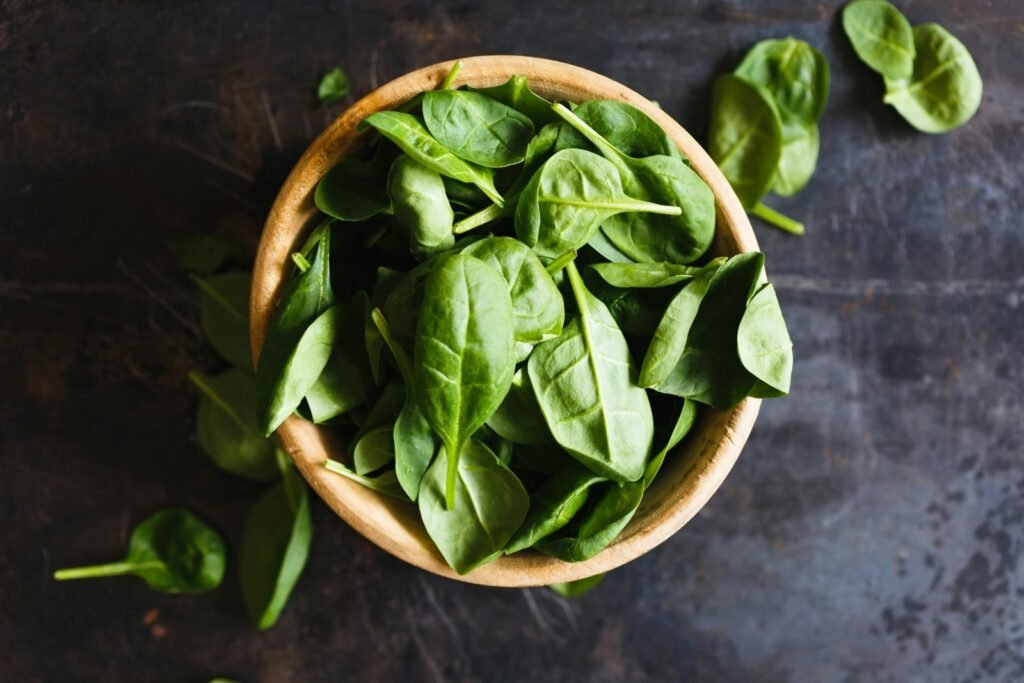
How to Use Spinach in the Kitchen
Now that you’ve got a solid grasp on why spinach is worth growing in your garden and how to do just that, let’s move over the kitchen. There’s a multitude of ways to use spinach in various recipes and dishes. You can enjoy the tender leaves and mild flavor in countless fresh ways or choose to add it to cooked dishes for its nutrition, bright color and subtle flavor. Before we get into those recipes though let’s talk storage.
Storing and Preparing Fresh Spinach
As with any green, you want to make sure you thoroughly wash your spinach before using it. If it’s a small amount you can simply rinse it under some tap water. For larger batches, you can fill the sink or a large bowl with cold water, submerge the leaves, and then swish them around a bit. Once you’re ready to dry them, you have a few options. I’m a fan of salad spinners and have had quite a few over the years, including this one. They really do a great job of getting out all the excess water from the leaves.
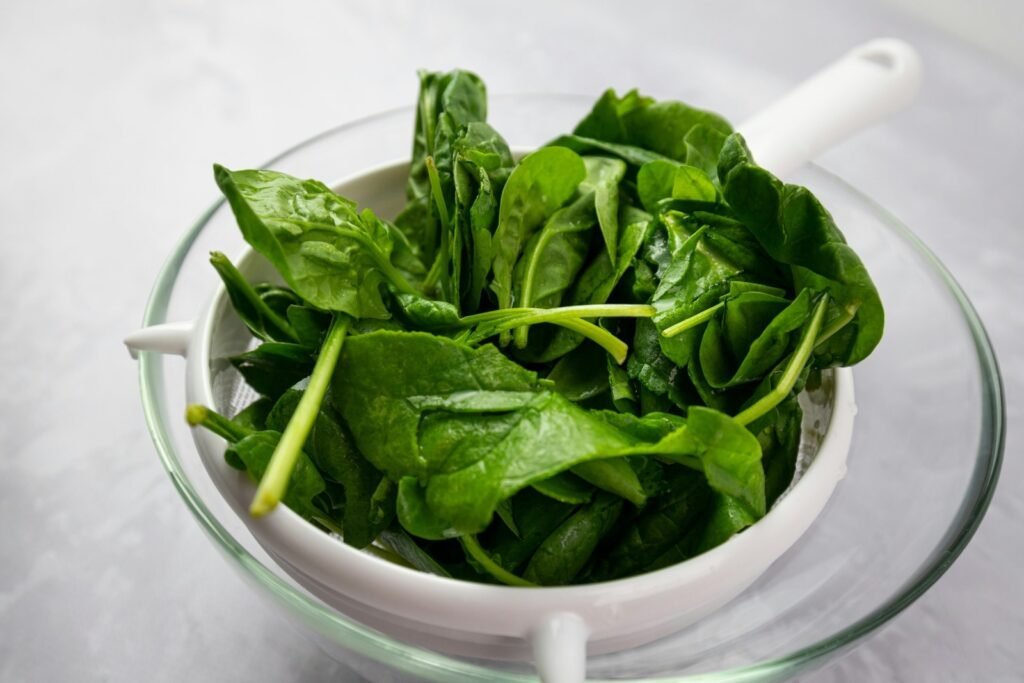
Another option is the put the leaves in the middle of a large cotton dish towel. These thin cotton towels work well. Then twist the ends of the dish towel into one bundle (like you twist a towel around your hair after a shower) and spin the towel around in front of you. This works surprisingly well and, while it may get a few drops of water around your kitchen, it gets the greens very dry!
The leaves store well in the fridge in a large container lined with a paper towel on the top and bottom. This helps absorb moisture and will keep spinach fresh for at least a week. If I see the spinach is getting past its prime, I often freeze it for smoothies and soups by simply putting leaves in a gallon freezer bag. When I’m ready to use it, I grab a handful and crumble the frozen leaves into my food.
Uses for Raw Spinach
There are countless uses for raw spinach and my top two are smoothies and salads. I make a smoothie most mornings and always add spinach. For salads, my bed of greens is often at least half spinach. I also use it in place of lettuce on sandwiches, as my greens in taco salad, and will even sneak it into some baked goods for my kids if the muffin batter is made in the blender. For my favorite high protein spinach smoothie, follow this recipe.

Berry Green Protein Smoothie
- 1 cup milk (dairy, almond, soy, etc.)
- 1 large banana
- 1 cup fresh spinach
- 1 cup mixed berries, chopped
- 1 scoop protein powder, approximately ¼ cup
- 4-5 ice cubes
Blend all ingredients thoroughly. Makes 1 16-20 ounce serving.
Another one of my favorite uses for spinach is in a strawberry goat cheese spinach salad. Often, I’ll make this for a quick lunch or as a dinner side dish. It’s easy to assemble and I serve it with a maple balsamic vinegarette.
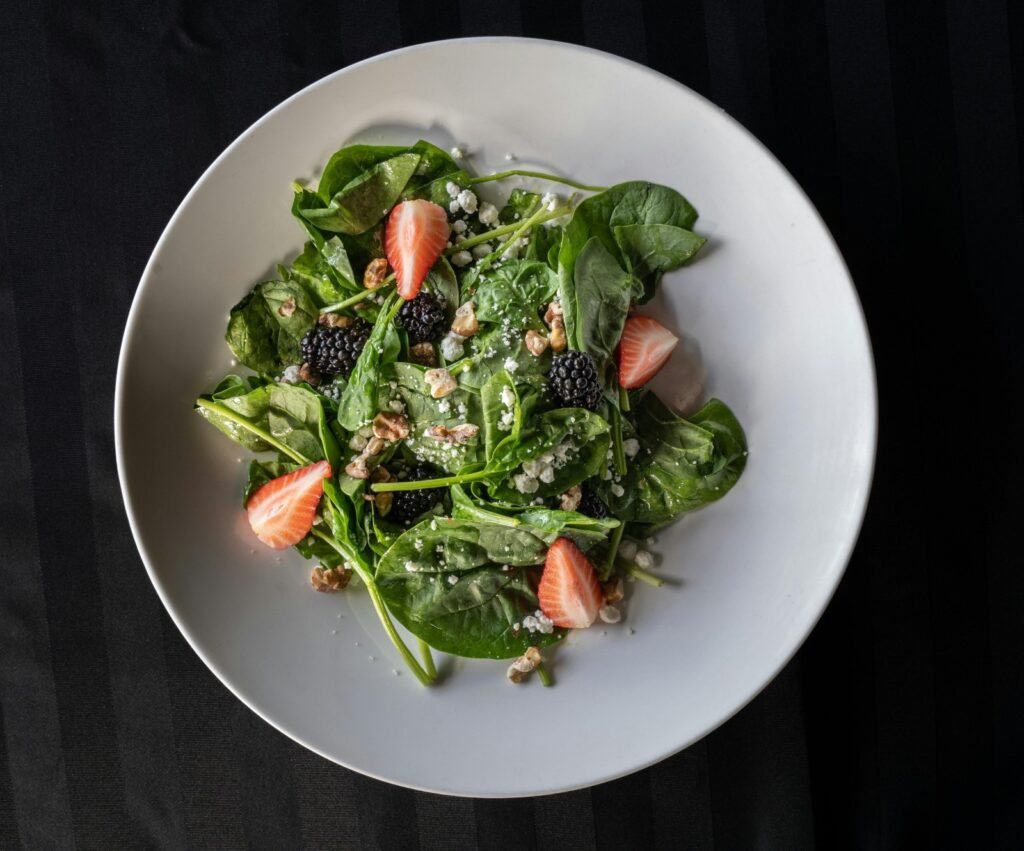
Berry Goat Cheese Spinach Salad
- 3 Cups Baby Spinach (lightly pack it in the measuring cup)
- 1/2 a small red onion sliced thin
- 1 cup berries (strawberries are my favorite)
- ¼ dried cranberries
- 2 Tablespoon pepitas
- 2 Tablespoons chopped walnuts
- ¼-½ cup crumbled goat cheese (use more if you really like it!)
Spread the spinach in the base of a shallow bowl or serving dish. Layer on the remaining ingredients. Drizzle with your favorite balsamic vinaigrette. Makes 2-4 servings.
Uses for Cooked Spinach
There are countless ways to use spinach in cooked dishes. Let’s start with breakfast. As mentioned earlier, I will sneak some spinach into muffin batter if it’s being blended well before baking. It can also be added to scrambled eggs, omelets and quiches.

For lunch and dinner, spinach is a great addition to soups and stews. This works especially well for spinach you’ve harvested and then frozen. I usually have a gallon bag in my freezer with fresh spinach that I’ve frozen after washing. When I need to use some, I simply grab a handful and crumble it into the soup I’m making. Spinach is also great as a pizza topping, in stuffed pastas or even as a veggie to accompany the main entree. Sauté it with a little garlic, olive oil, salt and pepper and you’ve got a delicious side dish.
This season as you plant your garden, leave a little space for sowing a crop of spinach. You’ll be surprised at how easy it is to grow and use in your kitchen. What variety are you interested in trying? Is there a particular use for it in the kitchen that’s most appealing or that you already love? Share your ideas in the comments below!






